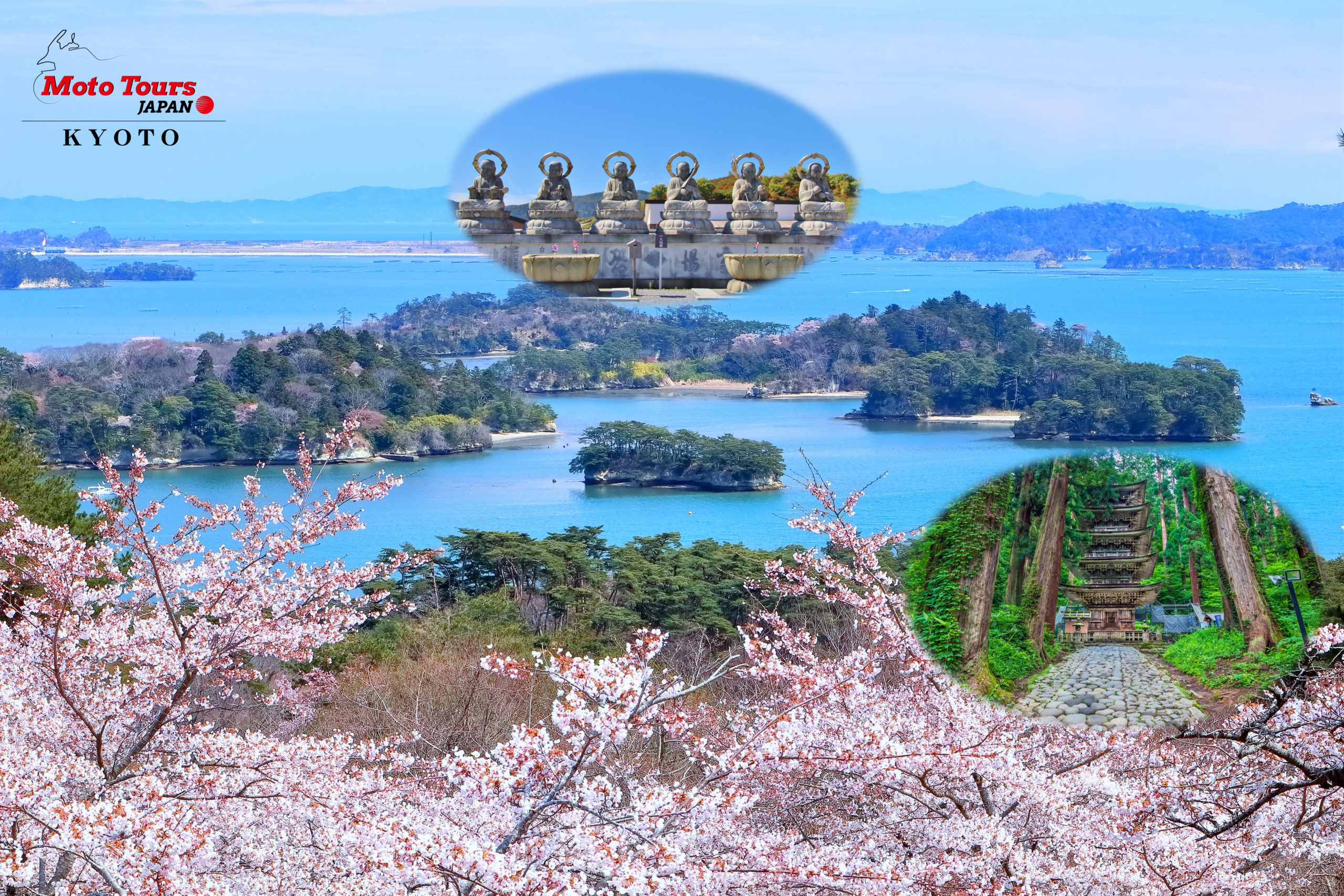
![]()
Another Japan that changes with the seasons, a trip around Tohoku Matsushima – Oma – Ginzan Onsen
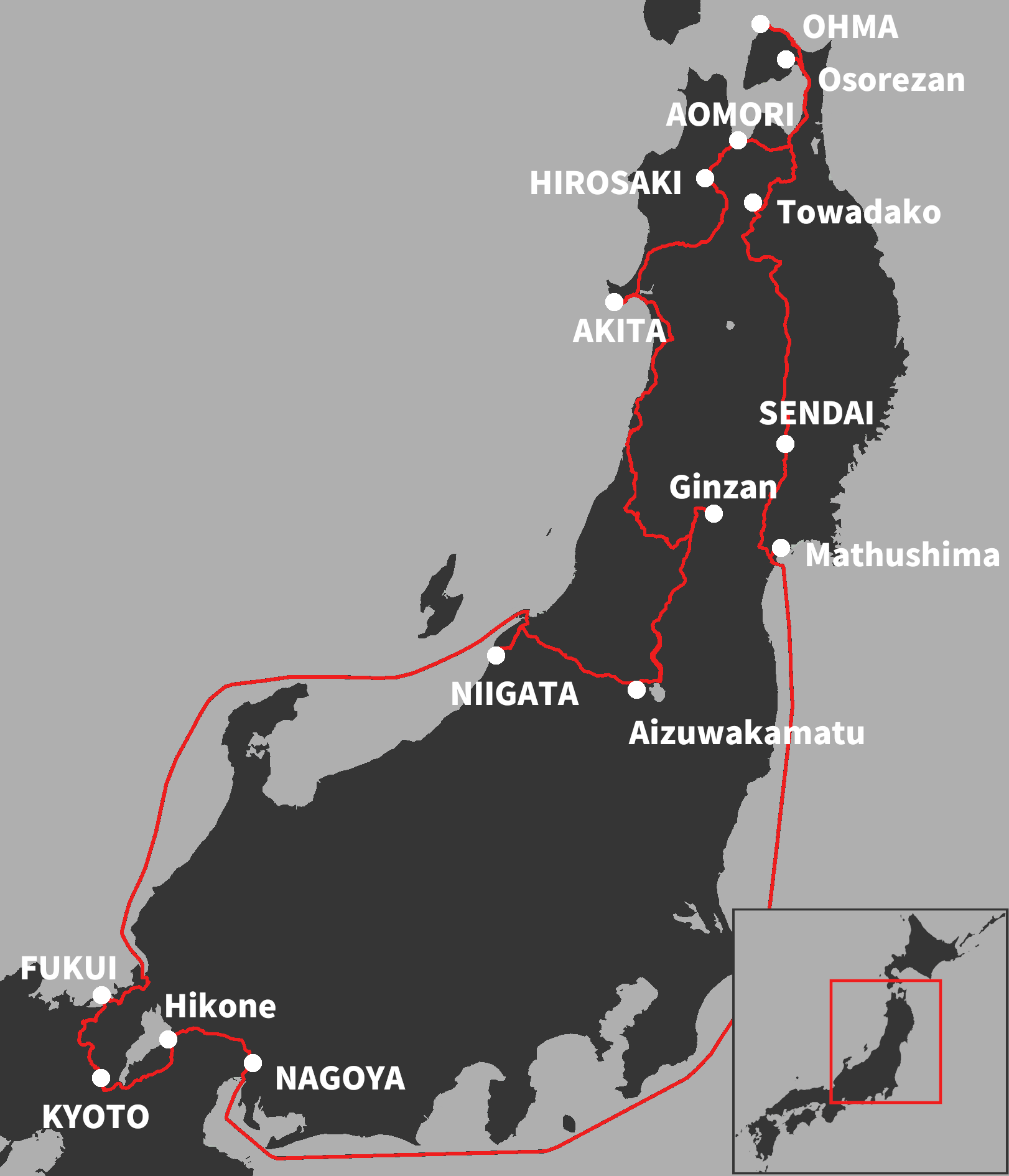
The Tohoku region is located in the northernmost part of Honshu and consists of six prefectures: Aomori, Iwate, Akita, Miyagi, Yamagata and Fukushima.
It stretches about 170km from east to west and about 410km from north to south, and covers an area of about 67,000㎢, accounting for 18% of Japan and 30% of Honshu.
There are many mountainous areas in parallel with the Ou Mountains, which run north-south through the central part of the Tohoku region.
Would you like to see the scenery that can only be seen in Tohoku through a motorcycle?
Tour Fee
| for a group | 1 motorcycle | 1 room | ¥915,000~993,000/a person |
| for a person | 1 motorcycle | 1 room | ¥985,000~1,141,000/a person |
| for a person | 1 motorcycle | ¥10/a person |
Tour Period
| April 21, 2025 - May 2, 2025 |
| June 2, 2025 - June 13, 2025 |
| June 23, 2025 - July 4, 2025 |
| July 21, 2025 - August 1, 2025 |
- maximum capacity 10(If you are applying as a group, please contact us)
- Minimum number of participants: 6
※Including tax
※Tour fee is altered by the number of participants. Please inquire.
※Please note that if the minimum number of participants is not met,the tour may be canceled
Pricing
| Motorcycle | Price |
|---|---|
| P-3 | 985,000yen |
| P-4 | 1,025,000yen |
| P-5 | 1,047,000yen |
| P-6 | 1,072,000yen |
| P-7 | 1,141,000yen |
| Option(Reservation required)/DAY | Price(Day 2/and then daily) |
|---|---|
| Helmet | 1,100yen(+220yen) |
| Gloves | 330yen(+110yen) |
※Please contact us separately for accommodation arrangements before and after the tour
※Twins and families are also available
Motorcycle
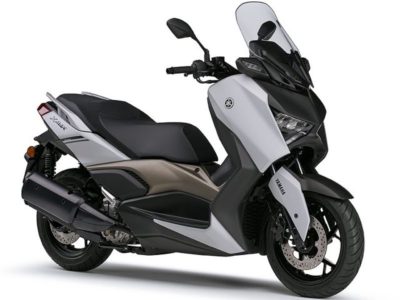
XMAX (2024) / P-3クラス

V-Strom 250 SX (2024) / P-3クラス
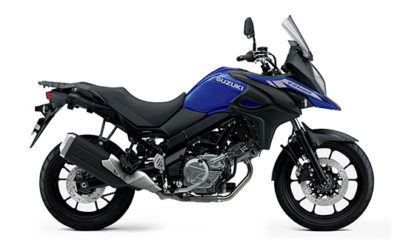
V Strom650 ABS (2024) / P-4クラス

MT-09 SP (2023) / P-4クラス
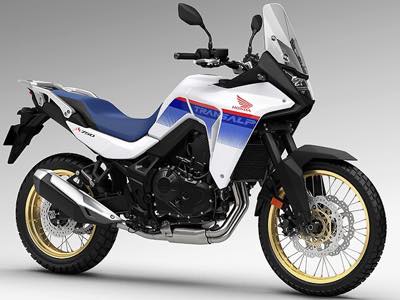
XL750 Transalp (2023) / P-5クラス

V-Strom800 DE (2023) / P-5クラス

Tracer9 GT (2021) / P-5クラス

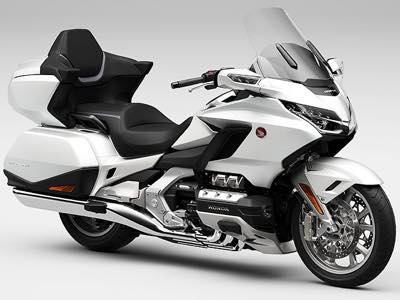
Gold Wing Tour DCT (2023) / P-7クラス

Street Glide Special (2023) / P-7クラス

Heritage Classic 114 (2023) / P-7クラス
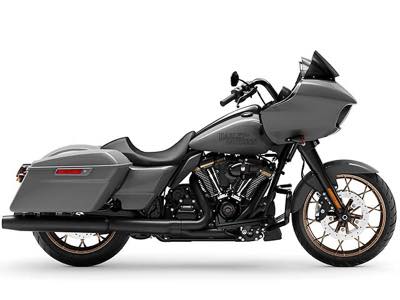
Road Glide ST (2022) / P-7クラス
Tour Schedule
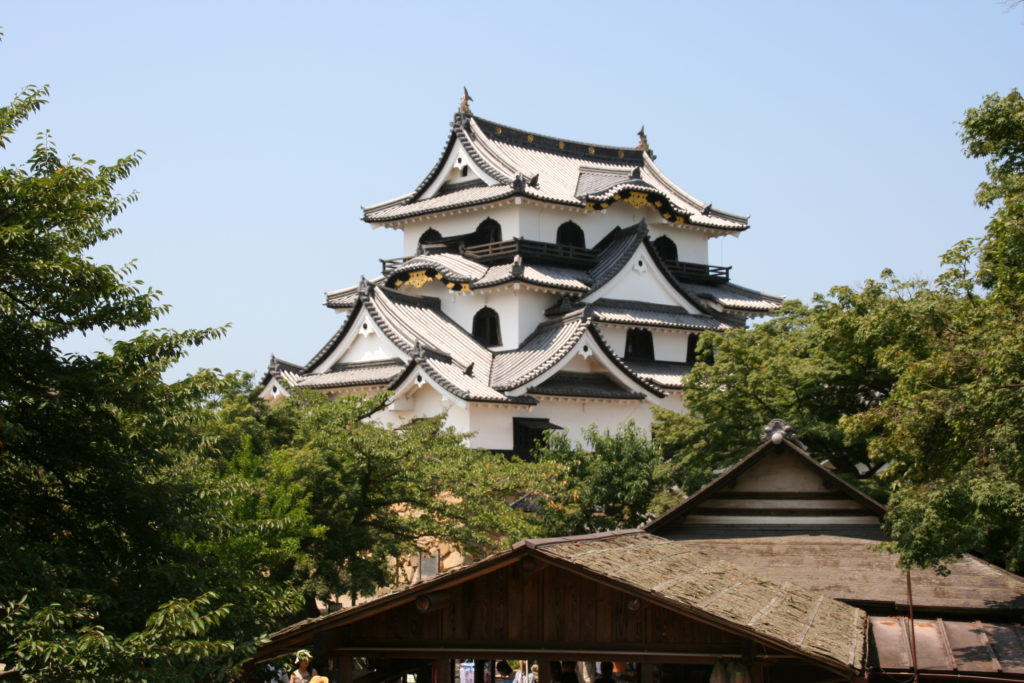
Hikone Castle is one of the five castles in Hikone City, Shiga Prefecture whose castle tower has been designated as a National Treasure. Many castles in Shiga Prefecture were dismantled under the Meiji Castle Ordinance, and Hikone Castle is the only preserved example.
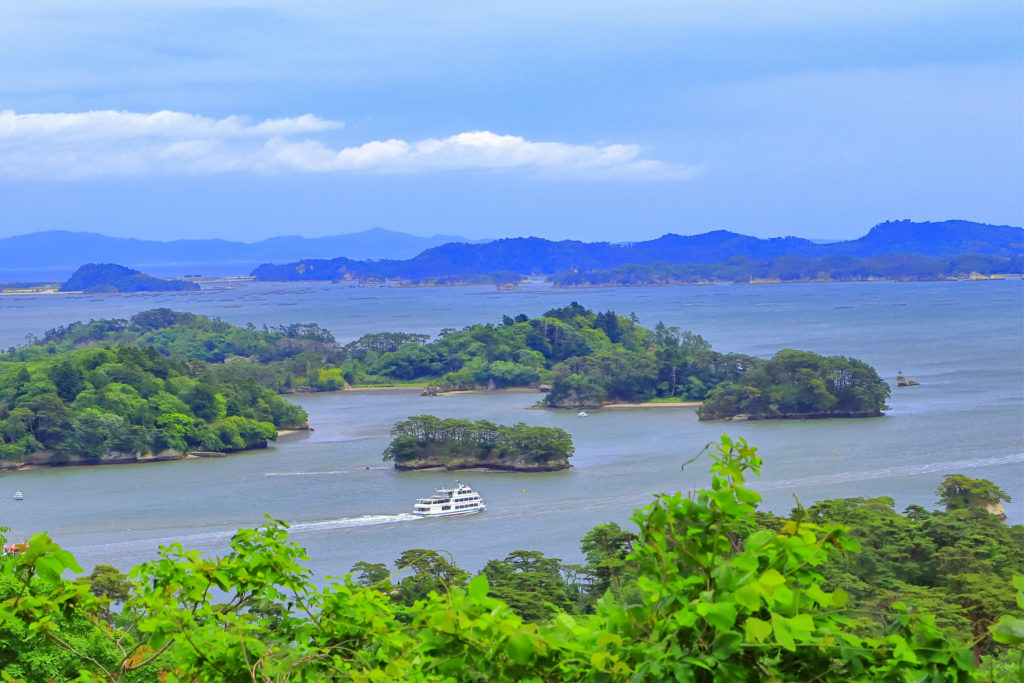
Matsushima is a general term for over 260 islands that float inside and outside Matsushima Bay. Long ago, it was a hill, but it subsided due to crustal movements, leaving the tops of the mountains and hills on the sea surface and becoming islands. Niojima, Senganjima, Komononejima, Kanejima, Futagojima, Frog Island, Yoroijima, and many other islands have names. Matsushima is a scenic spot, but it has long been known as a place to see the moon.
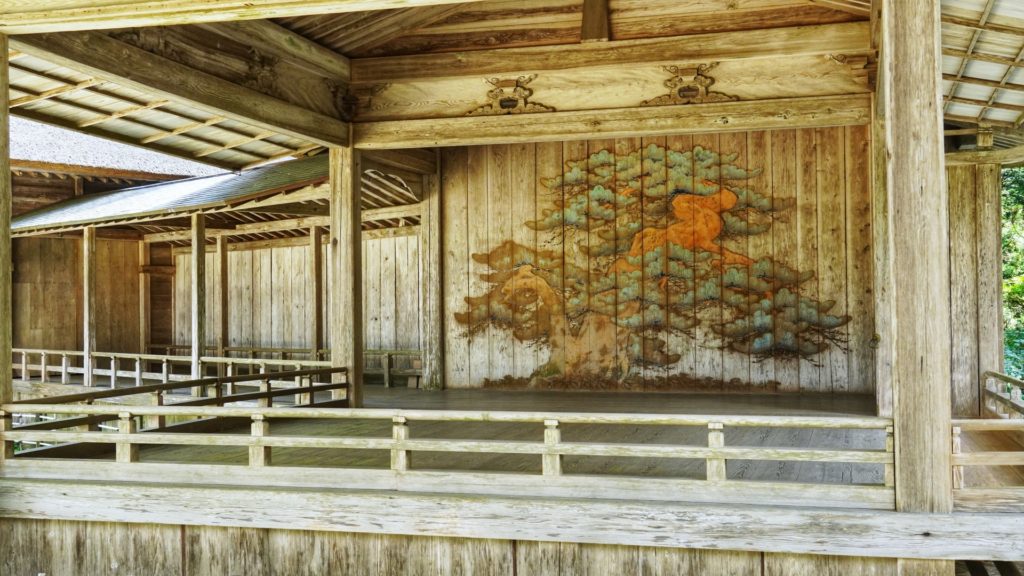
Chusonji Temple is a temple of the Tohoku sect of the Tendai sect located in Hiraizumi Town, Nishiiwai County, Iwate Prefecture. The Konjikidō and the Hakusan Shrine Noh stage are famous.
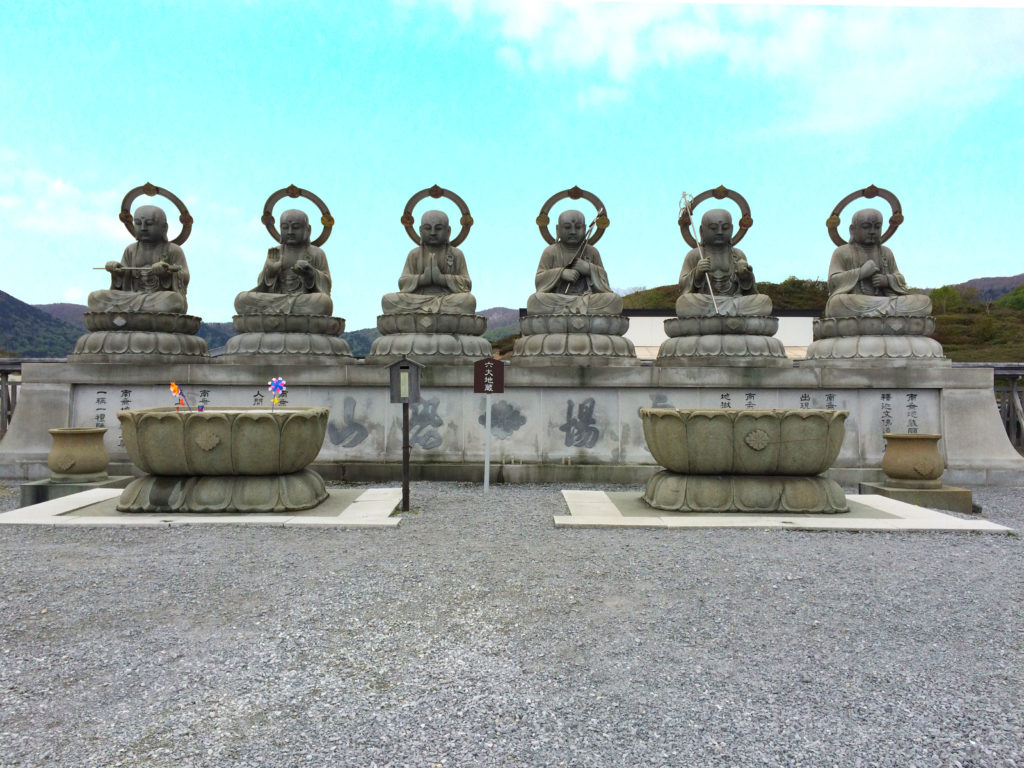
Osorezan is a volcano in the northern part of Shimokita Peninsula, Aomori Prefecture. A caldera is formed at the summit, and there are volcanic lakes and hot springs, and numerous sulfur vents present a strange landscape.
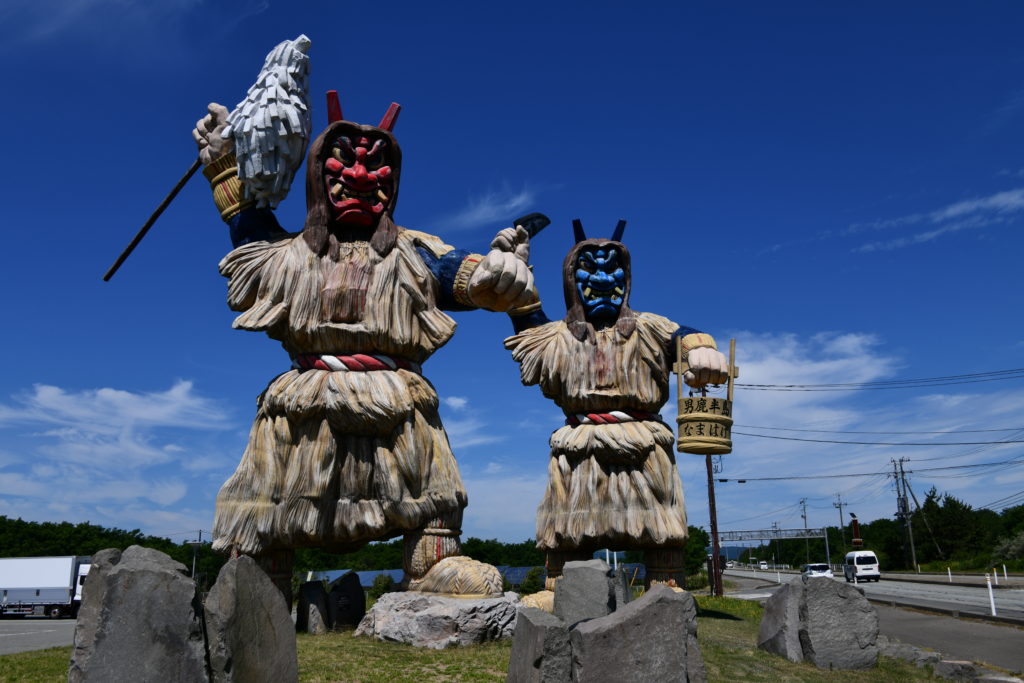
The Namahage event is held every year on New Year's Eve in most of the Oga Peninsula. Namahage is believed to be a messenger of the gods enshrined in Shinzan and Honzan. Once a year, Namahage visits each household to warn against evil deeds, ward off misfortunes, and bring good harvests, plentiful catches, and good luck. This is a traditional folk event that has been passed down from ancient times.
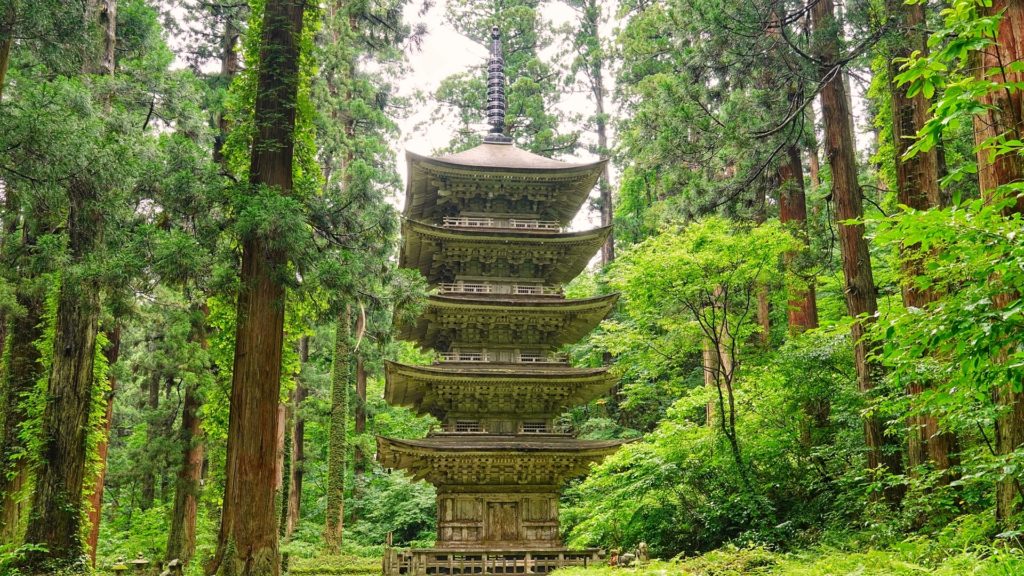
The five-storied pagoda at Mt. Haguro is said to be the oldest pagoda in the Tohoku region, and is said to have been built by Taira no Masakado. The current pagoda is said to have been rebuilt about 600 years ago.
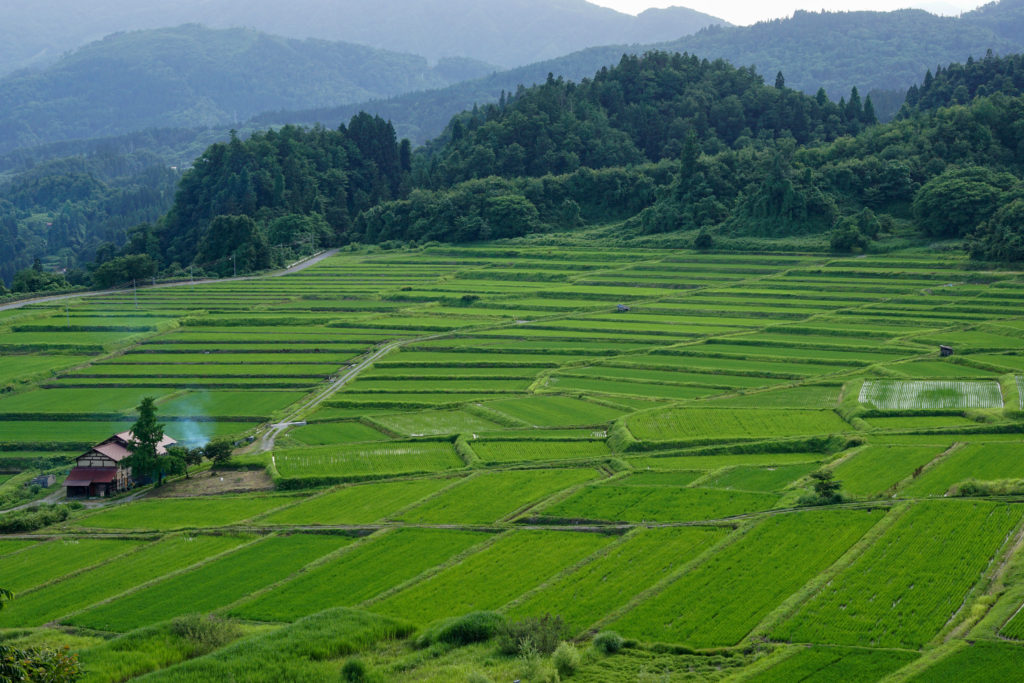
The terraced rice fields of Sawaradaira are characterized by their fan-shaped terraced rice fields on a gentle slope. Terraced rice fields are paddy fields that are built in steps on slopes.
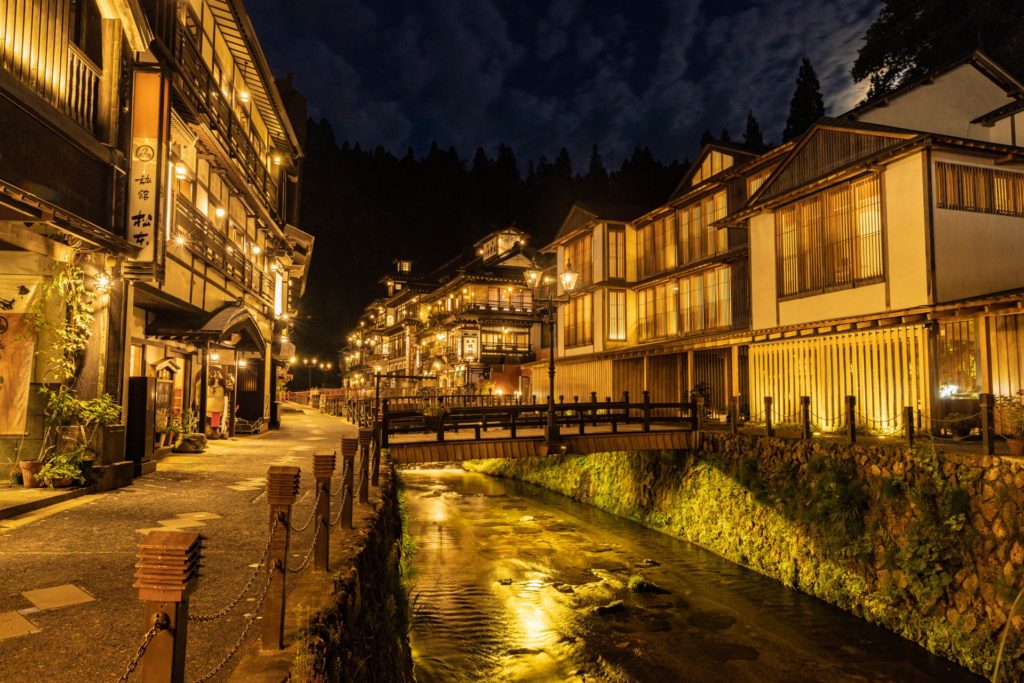
Ginzan Onsen has a beautiful retro-modern townscape with multi-layered wooden buildings that will make you feel as if you have slipped back in time to the Taisho era.
